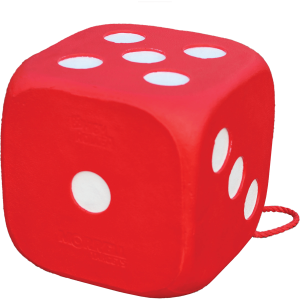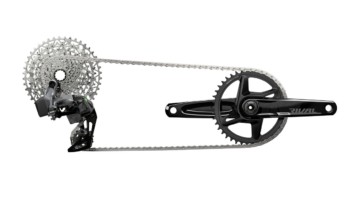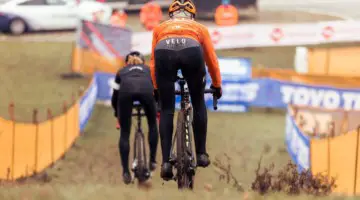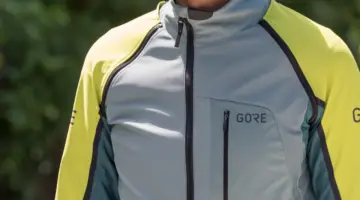Updated 8/8/2018. ’Cross back. Tight hamstrings and quads. Sore muscles. The demands of racing all out while jumping on and off the bike can add up as the cyclocross season progresses. As Coach Mayhew has written in his Training Tuesday columns, sometimes it helps to have some help on recovery days.
RAD Roller of Denver is a company that focuses on providing tools for athletic recovery. RAD started about five years ago when co-founders Mike Mallory and Dan Mcintosh were looking to reduce back pain thanks to their respective time trial and triathlon passions.
The company’s first product was its namesake RAD Roller, which is a self-massage tool with two dense, connected rubber balls. As the company has grown, it has added more massage and recovery products to its lineup and provides education for consumers about self-myofascial release (SMR).
RAD Roller provided Cyclocross Magazine with a RAD kit that includes the RAD Roller, RAD Axle and RAD Rod, and I’ve put each product to use for recovery during the summer riding season. Read on to find out if getting rad post-ride is just as important as getting rad on the bike.
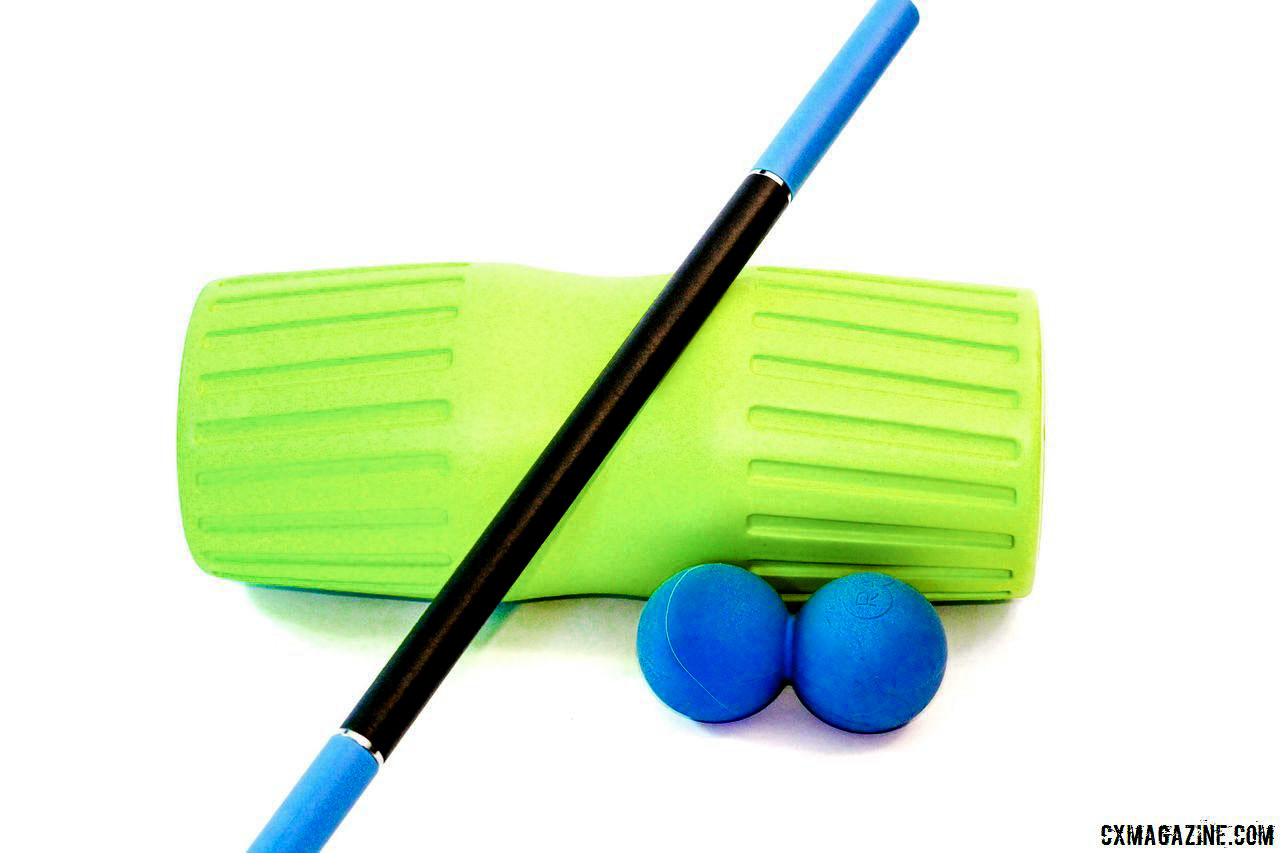
The RAD Roller, RAD Axle RAD Rod are three self-myofascial relief products available from the RAD Roller company. © Z. Schuster / Cyclocross Magazine
RAD Roller
I have suffered from lower back pain for the past two years, and folks have recommended I try a tennis ball to help lessen the pain. One ball works well for point pain, even if tennis balls are a little soft, but I found it hard to effectively use for pain across my lower back.
With two connected small rubber balls, the RAD Roller provides a more effective massage platform for the back and other sore spots. The rubber provides some flex but is still stiff enough to provide effective pressure to sore muscles. If you need to address specific spots such as the hips or glutes, you can still use either side of the RAD Roller for point massage.
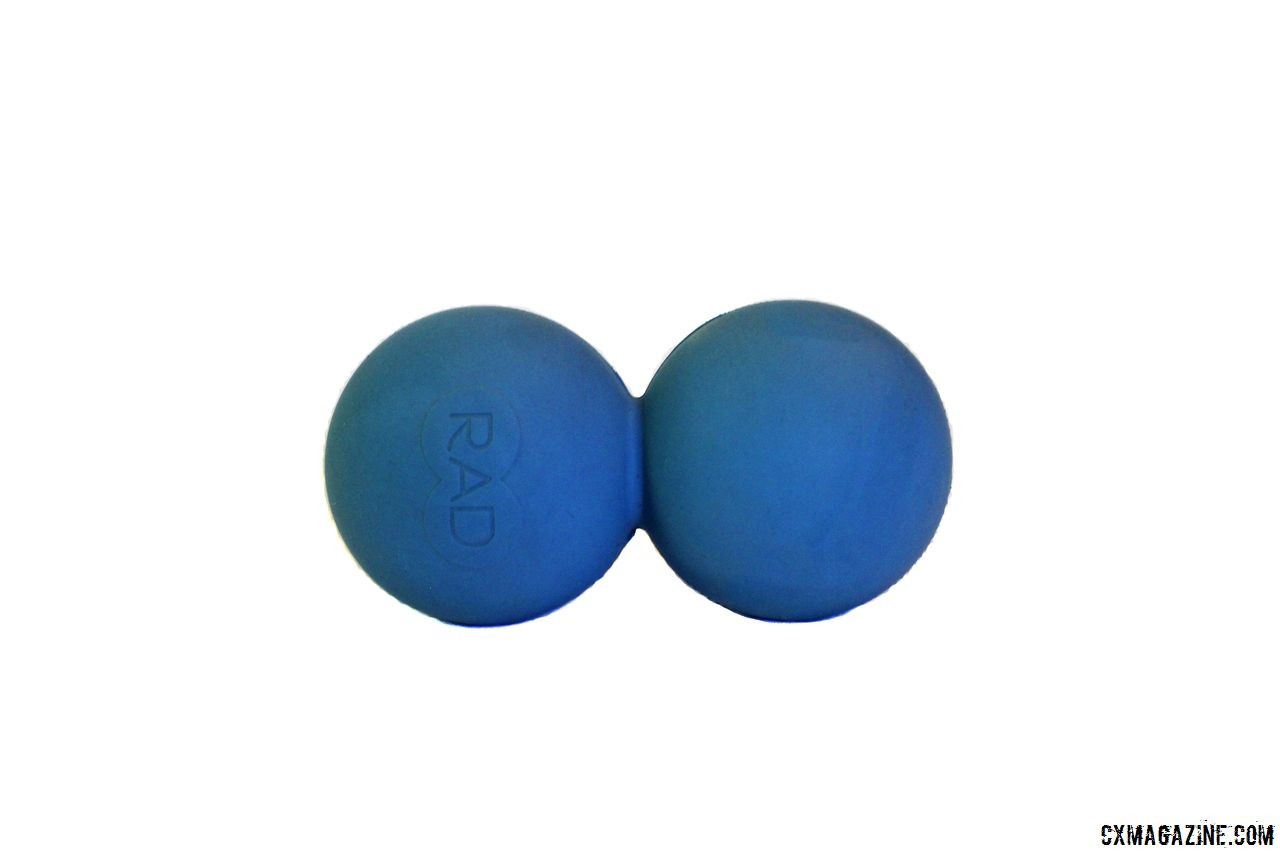
The RAD Roller features two tennis-ball-sized stiff rubber balls connected to one another. RAD Roller, RAD Axle, RAD Rod. © Z. Schuster / Cyclocross Magazine
I have used it primarily to ease back pain, but the company claims it can be used pretty much everywhere on the body, including the back, neck, hips, legs and arms. My girlfriend who suffers from plantar faciitis has found it useful for rolling out her foot, so I am apt to believe the claim. RAD also sells the RAD Block, which provides elevation for use rolling shoulders, arms, hips and calves.
With its small size and light weight of 310g, RAD Roller claims the RAD Roller is perfect for travel use. It easily fits into any travel bag—heck, you could put it in your kit pocket if you need a mid-ride roll—and all you need is a flat surface to roll against. During a recent camping trip, I imagine my neighbors thought it was weird that I was rolling up and down my car door, but the awkwardness certainly helped relieve my early morning back pain.
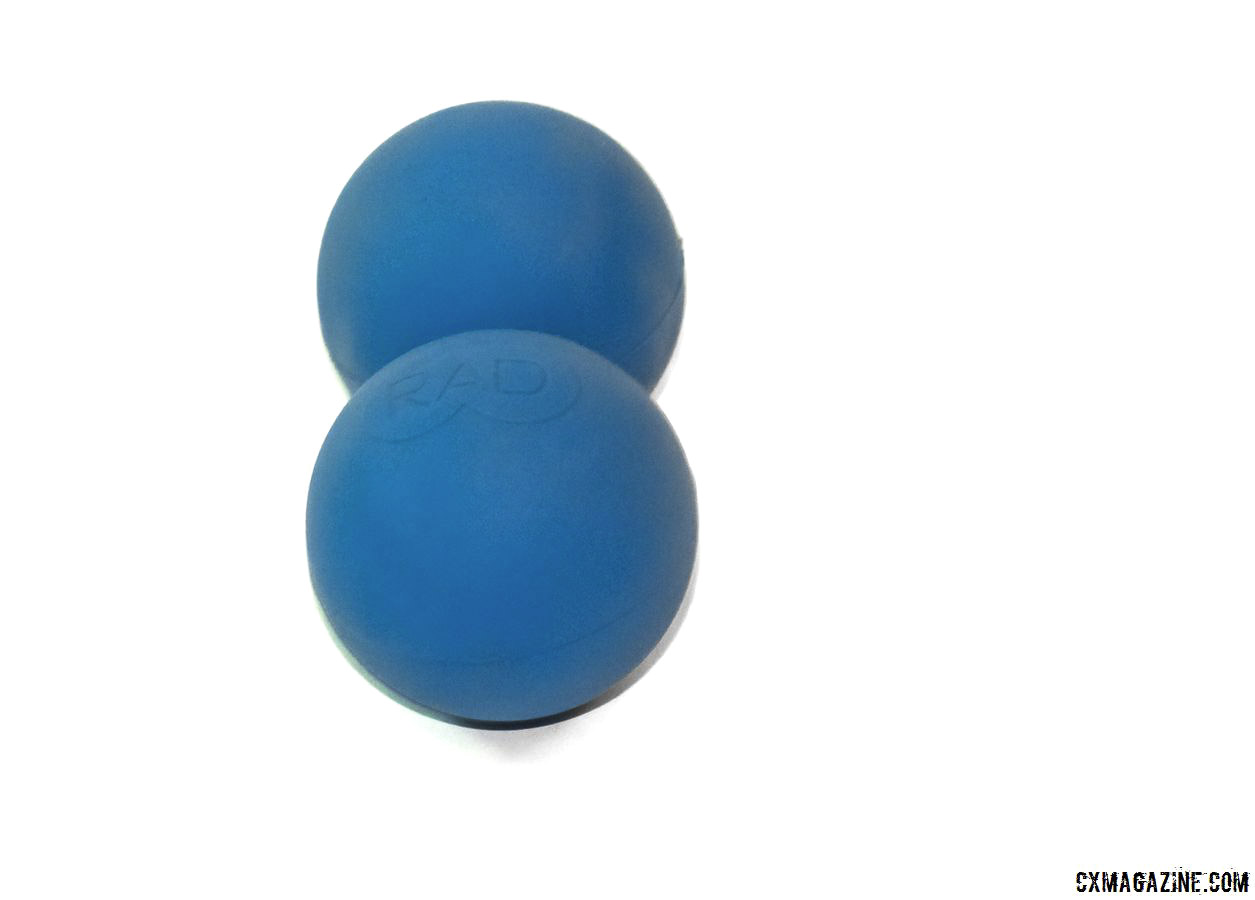
The RAD Roller comes in three different stiffness levels. Our test product was the intermediate “original” level. RAD Roller, RAD Axle, RAD Rod. © Z. Schuster / Cyclocross Magazine
The RAD Roller costs $25 and comes in three stiffness levels. If you are suffering from long-term pain, the RAD Roller comes at an inexpensive price that warrants giving it a shot to help relieve your pain.
RAD Axle
Of the three products RAD Roller sent, the one that surprised me the most was the RAD Axle. The company bills it as “the cure to the common foam roller.” I admittedly am pretty meh on foam rollers, so perhaps I was ready to be surprised.
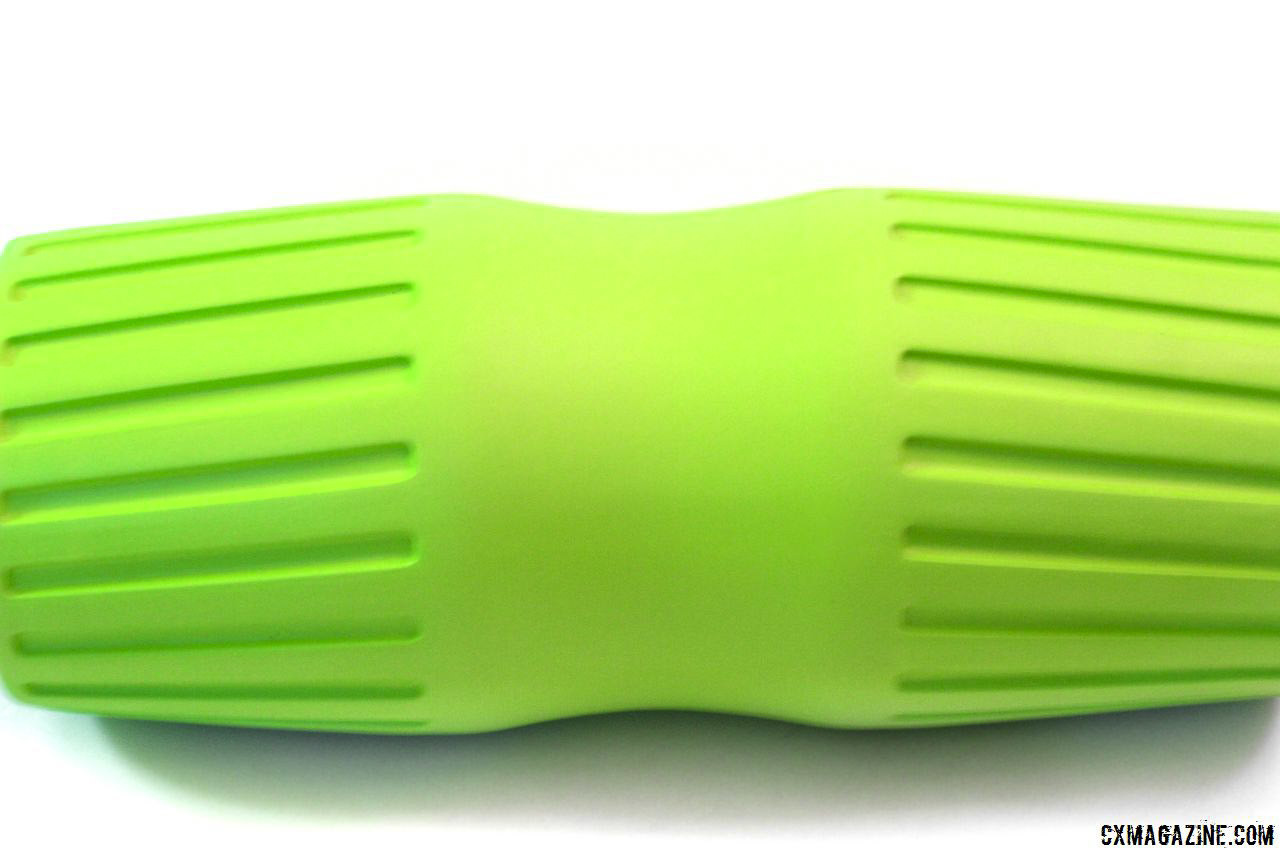
The RAD Axle has a groove in the middle for a better fit for legs and hips. RAD Roller, RAD Axle, RAD Rod. © Z. Schuster / Cyclocross Magazine
The thing that caught my attention was the groove in the middle of the RAD Axle. The cylindrical shape of normal foam rollers limits the surface area of the leg or arm they are rolling out. The groove in the RAD Axle conforms to the leg and provides noticeably more comfortable contact. The groove also helps massage sore neck muscles and the split makes it useful for back massages as well. If you need more pressure, you can use the top of the groove to provide more direct pressure to sore spots.
The RAD Axle features a sturdy construction with a hollow plastic core covered by grooved, ridged foam. This is something you do not necessarily see in other foam rollers and means the RAD Axle is built to last for a long time.
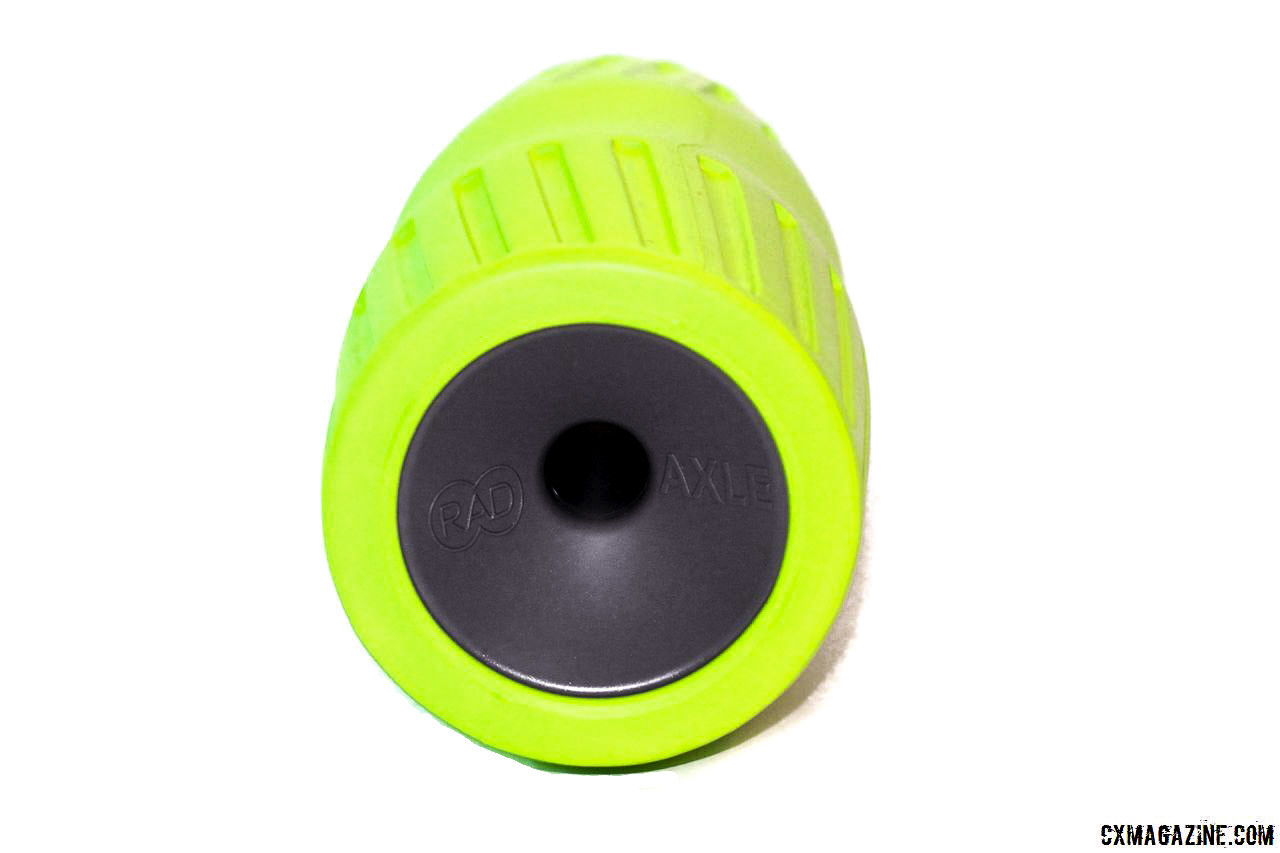
The RAD Axle has a hard core and foam outer covering. RAD Roller, RAD Axle, RAD Rod. © Z. Schuster / Cyclocross Magazine
At $59, the RAD Axle is more expensive than the other two products, but if you are frustrated with foam rollers or have found excuses to not use one, the RAD Axle might be worth the investment to help incorporate massage days into your mid-week recovery.
RAD Rod
The third product RAD Roller sent is the Rad Rod. The RAD Rod is a self-massaging stick with a steel core and soft contact cover. At 21″ long, it provides a good amount of leverage when using it on sore muscles. The RAD Rod is thinner than some other massage sticks on the market, which the company claims allows it to provide more concentrated pressure.
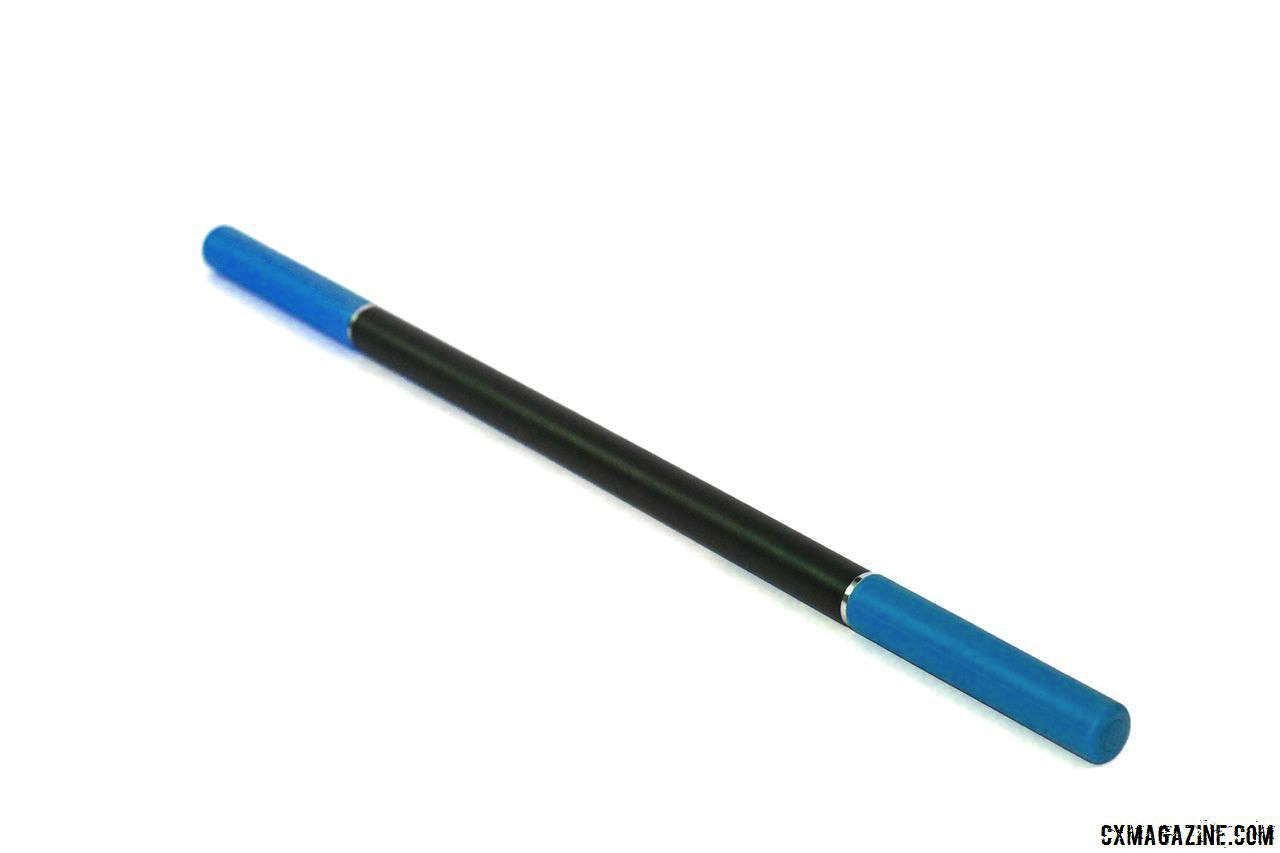
The 21″-long RAD Rod has a steel core and comfortable foam cover. RAD Roller, RAD Axle, RAD Rod. © Z. Schuster / Cyclocross Magazine
I have a cyclocross teammate who swears by massage sticks, but prior to receiving the RAD Rod I have not tried one myself. I found the RAD Rod to be perfect for rolling out my IT bands and tense calves. The handles and roller made it easy to hold and use on muscles in different parts of my body. I also appreciated the simple design when I packed it in the back seat of the car during weekends away.
If you are like me and have not used a massage stick, the company provides a guide that might be helpful in demonstrating its uses.
The RAD Rod sells for $40. If you are looking for a way to target IT band massage or other tough-to-reach spots, the RAD Rod is likely to help out.
The Verdict
The self-myofascial relief products offered by RAD Roller each deliver in providing effective tools for self-massage and recovery. The RAD Roller itself is a unique massage tool available at a price that makes it tough not to try for cyclocrossers facing long-term pain and tightness.
The RAD Axle and RAD Rod come at more of a price premium—cheap alternatives abound online and even in stores—but the combination of the quality construction and SMR education provided by the company make them worth a look for aching athletes. As I am learning as I get older and more injured, investing in self-care is an important part of ensuring your body is up to the rigors of racing cyclocross.
The details below have more information about the three RAD products.
For more training advice on self-care, see our columns on yoga, rest and recovery and addressing ’cross back.
RAD Roller Product Details
RAD Roller
Price: $25
Weight: 310g (0.68 lbs)
Dimensions: 6.5″ long, 2.5″ diameter
RAD Axle
Price: $59
Weight: 1,134g (2.5 lbs) (claimed)
Dimensions: 14″ long, 5.5″ diameter
RAD Rod
Price: $40
Weight: 488g (1.08 lbs)
Dimensions: 21″ long, 0.75″ diameter
More Info: radroller.com
















